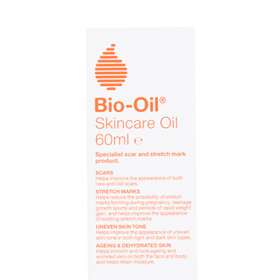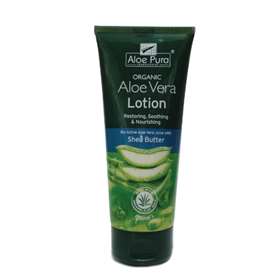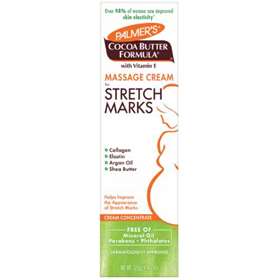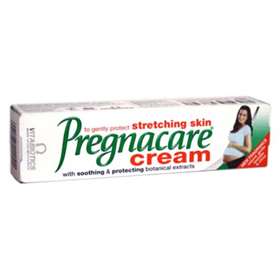Stretch Marks can appear anywhere on the body, but most women associate them with pregnancy and their growing bump! They are most likely to appear in areas where fat is stored or in areas which have a tendency to stretch such as the abdomen, buttocks, thighs and breasts. They can also occur during periods of weight gain and rapid weight loss. The scars are permanent and eventually turn a lighter colour than surrounding skin. You can help reduce the appearance of existing marks with a topical treatment, prevent further marks developing by keeping the skin moisturised and by maintaining a consistent body weight.
Cellulite is a permanent change in the fat stored under the skin. It is an imbalance between the input and elimination of fat, which leads to pockets of unevenly stored fat known as lipogensis. Contrary to popular belief acquiring cellulite is not necessarily linked to being overweight...
Stretch Mark and Cellulite Frequently Asked Questions
1. What are Stretch Marks?
Stretch marks, or Striae, occur due to stretching of the skin. They are thin, thread like scars ranging in colour depending on the age of the mark. Stretch marks usually start off red in colour, changing to purple until eventually forming silvery white lines.
2. How do I get Stretch Marks?
The connective tissues in skin usually allow for movement of the body, but during times of fast growth the tissues can't always keep up! If the body expands faster than skin can stretch the skin tears, forming an internal wound. This then heals to form a scar known as a stretch mark.
3. What is Cellulite?
Cellulite is a permanent change in the fat stored under the skin. An imbalance between the input and elimination of fat leads to pockets of unevenly stored fat known as lipogensis. This can make skin around the thighs, bum and tum appear dimpled like orange peel.
4. Why do I get Cellulite?
Causes of cellulite:
- Hormonal changes.
- Stress tightens the muscles.
- Preventing waste elimination.
- Lack of water and poor eating.
- Habits trap toxins in the fatty tissue.
- Lack of exercise leading to poor circulation.
- Hereditary genetic condition.
5. Whats the difference between Stretch Marks and normal scars?
Normal scars usually occur as a result of an injury or deep wound to the skin and can occur anywhere on the body. Stretch marks are usually found on the tummy, thighs, bum and hips, however can form over muscles on the legs and arms too.
6. How can I treat Stretch Marks?
Stretch marks are permanent scars and will never fully disappear. You can make them appear less visible using vitamin rich creams and oils like the ones found on our site. The younger the mark, the better the chance you have of reducing its appearance.
7. How can I prevent Stretch Marks?
Apply creams and treatments twice daily through periods of rapid growth to keep the skin well nourished and toned. Maintaining the elasticity of skin will mean that it is better able to adjust to changes in body size.
8. I have Cellulite; does that mean I am overweight?
Contrary to popular belief acquiring cellulite is not necessarily linked to being overweight.
9. How can I get rid of Cellulite?
With the use of topical treatments containing caffeine, these fatty deposits can be broken up. Increasing blood flow to the muscles with exercise and massage will help to take toxins away from the fatty tissue. To lower your chances of developing further cellulite your may need to make some changes to your diet and daily life.
10. How do caffeine treatments work?
Caffeine helps to break up the fatty deposits under the skin by increasing blood flow to the area, which stimulates the release of fat out of the tissue cells and into the bloodstream. Caffeine also firms the skin which can help to reduce the appearance of cellulite even more.






















